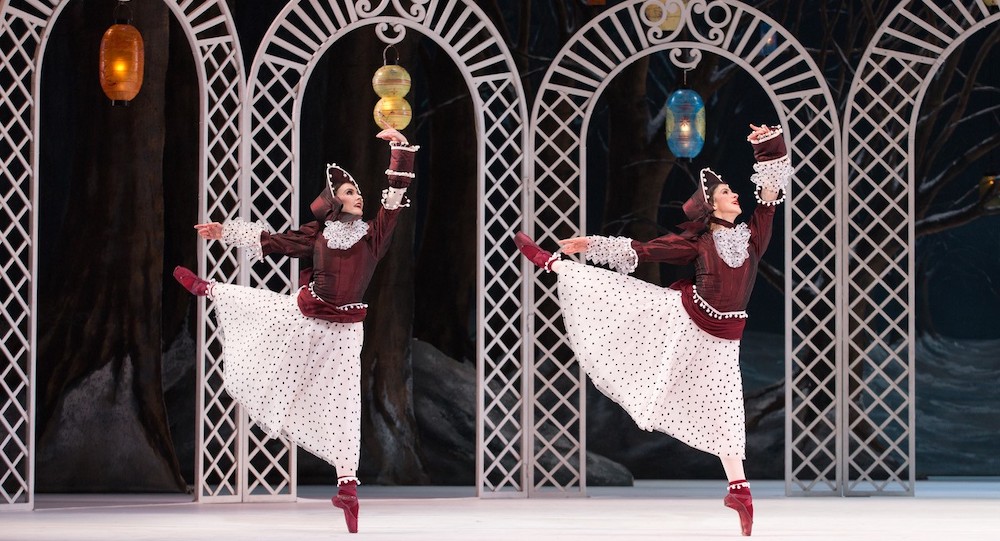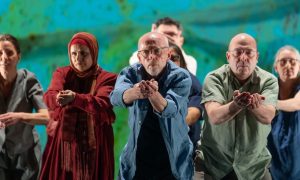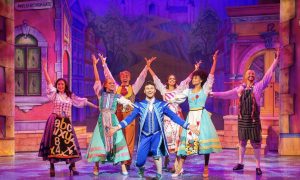The Royal Ballet School’s Affiliate Training and Assessment Programme (ATAP) has announced a pioneering partnership with the Frederick Ashton Foundation, allowing recreational dancers to learn repertoire from one of the most influential dance figures of the 20th century.
In a first for the Frederick Ashton Foundation, this partnership will allow private and recreational dance students training in the ATAP methodology to study and learn Ashton repertoire in their ballet classes, alongside movement and contextual studies.
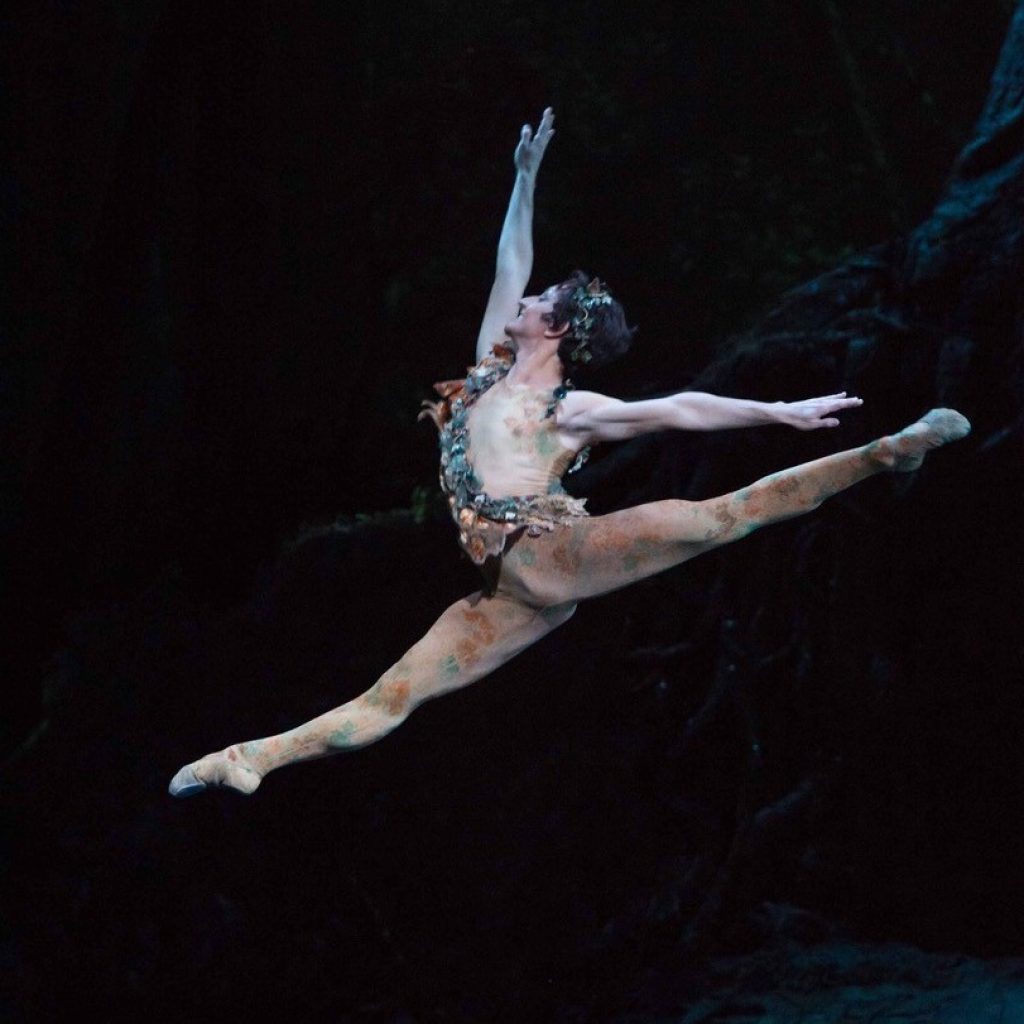
Young dancers will have the one-of-a-kind opportunity to learn iconic Ashton repertoire, including Les Rendezvous, The Dream and Les Patineurs, as part of their training syllabus. Dance teachers trained in the ATAP methodology will have exclusive access to written materials and online resources through the School’s on-demand platform, including videos of each solo and videos of repetiteurs from the Foundation coaching students. This will equip Affiliate teachers with the skills to teach the repertoire and prepare their students for examinations.
Jeanetta Laurence, Chair of the Frederick Ashton Foundation, said, “As Chair of the Frederick Ashton Foundation, I’m delighted that we’re able to partner with The Royal Ballet School in this innovative project which will increase awareness of and access to Ashton’s ballets across a new generation of young people, their teachers and parents. Choreography from three of Ashton’s ballets has been specially adapted by the Foundation’s repetiteurs for young dancers in the formative years of their training to engage their imagination and enjoyment of dancing through storytelling and theatricality. The accompanying resource packs, which include additional information on every aspect of these wonderful ballets, also contain each solo’s choreography written in Benesh Movement Notation as a practical skill for teachers.”
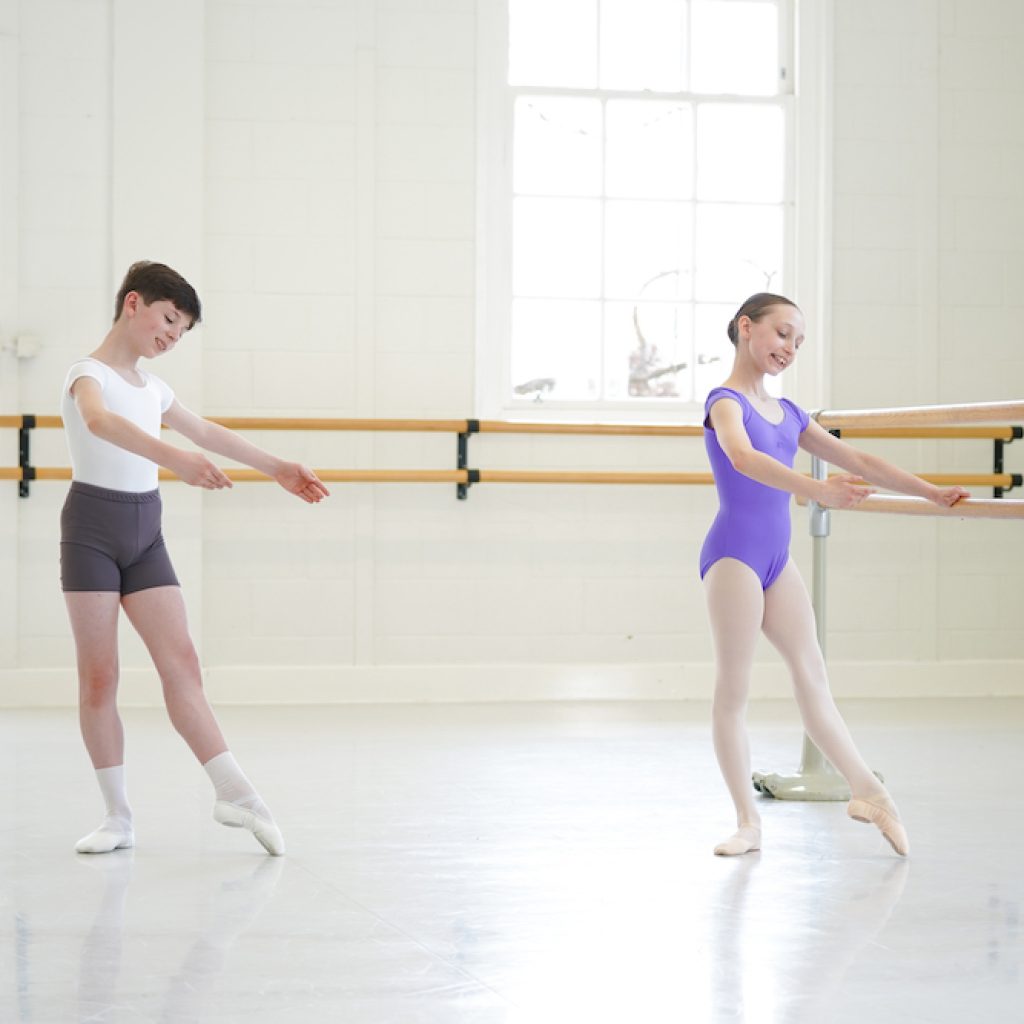
Mark Annear, Head of Training and Access at The Royal Ballet School, said, “We are proud to have launched the ATAP programme to drive forward teaching and training standards in the recreational sector. Our partnership with the Frederick Ashton Foundation is a step towards this mission, allowing ATAP teachers and students the exclusive opportunity to learn ballets performed by some of the world’s leading dance companies. This collaboration is a unique chance for many students and teachers in the recreational dance sector who have not had access to such opportunities before. This will undoubtedly enable both teachers and young dancers to reach their full potential by developing their classical ballet technique and love for the art form.”
Alongside Founder Dame Ninette de Valois, Ashton’s choreographic legacy has played an integral role in The Royal Ballet School’s history and development as a centre for excellence in ballet training. This partnership will allow young dancers to understand the significance of Ashton’s works and his indelible contribution to the art form and development of the English style of classical ballet.

The Royal Ballet School’s Affiliate programme provides an alternative training model to traditional examination syllabi. The holistic approach to recreational training empowers dance teachers with the responsibility for guiding and assessing their own students’ learning, with assessments conducted by teachers themselves and moderated by The Royal Ballet School.
The Affiliate programme for teachers is delivered via a mix of intensive in-person training, virtual webinars and extensive video content distributed via a video-on-demand platform. Teachers are then accredited to deliver the programme to students in their own dance schools.
Consisting of six training levels for dancers aged five and upwards, each emphasises the importance of developing classical ballet technique and performance skills alongside an understanding of the art form through repertoire, choreography and appreciation. Levels 4-6 will launch in academic year 2024/25, with an enhanced stream for young dancers considering a career in the dance industry.
Through learning and teaching this repertoire and experiencing the Ashton style, students and teachers will discover the importance of expression and the need to nurture individuality and creativity.


